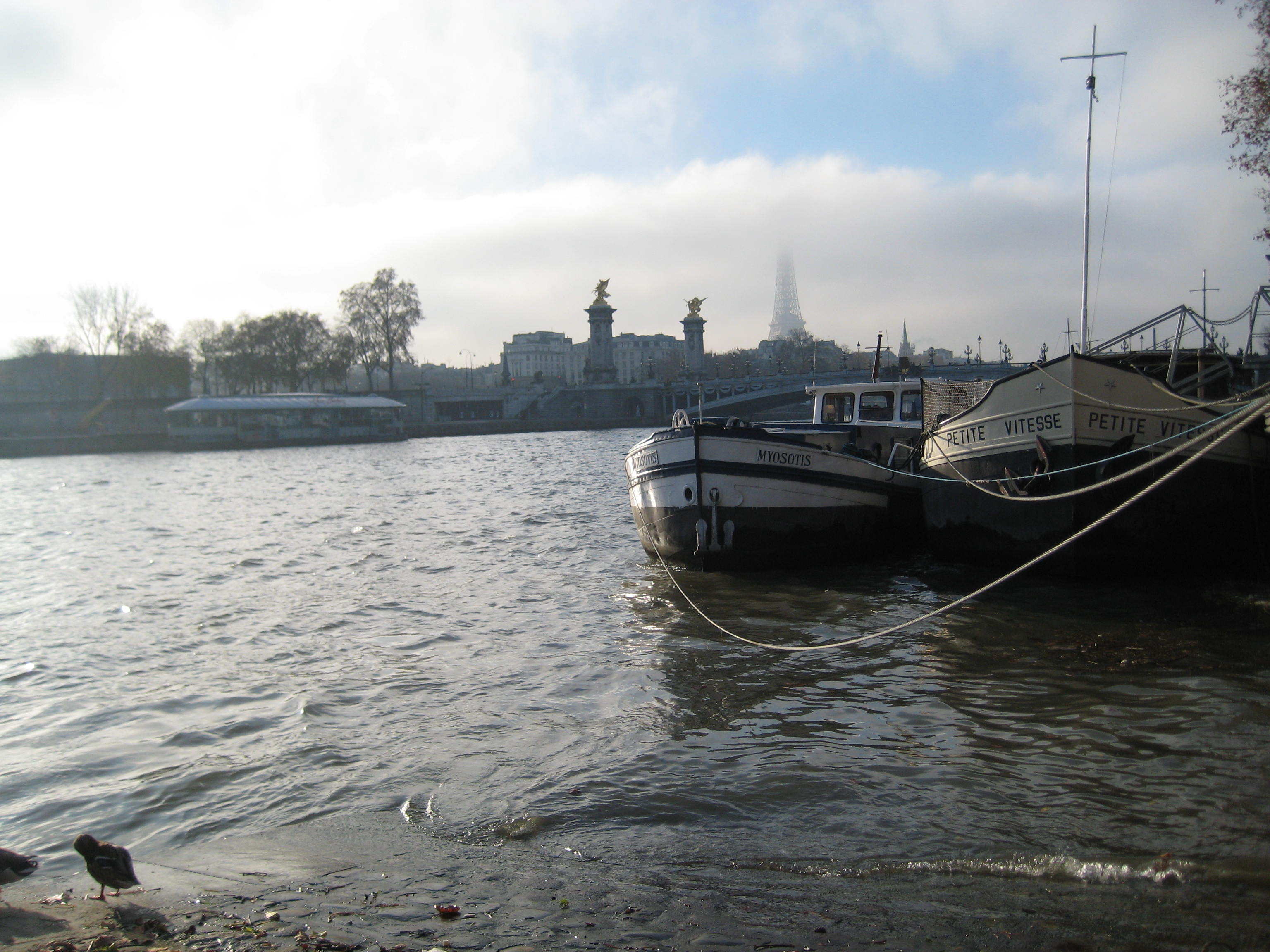
Uploaded on 2017-01-22 by Hibon
1/ People : Emigrants/ tourists Main flows of people in Paris outside of daily work commuters involve tourists and migrants. While tourists tend to come and stay over a few days around specific areas closed to the center of the city, their sheer mass (Paris is one of the most visited cities in the world) strongly impact the way transports and areas of attraction are designed and modified to handle this constant flow while preserving the life of its inhabitants. At the same time, Paris is welcoming a growing number of migrants from developing countries or war refugees looking for a better future. These tend to settle down in the north/east of the city and pose a much bigger challenge to Paris' inhabitants as they are not initially able to contribute economically to its ecosystem and also often end up living in the streets or specific areas. While their numbers still tend to be comparatively small, they can significantly disrupt the peaceful development of an area and their integration needs to be thoroughly thought-through. Future : Tourists often tend to circulate around a few areas in Paris due to lack of time and « independence » support. With the development of the collaborative economy (housing, guides, etc) supported by new technologies (apps, gps, translation etc) this will help spread their spending across a wider range of actors in the city as tourists look for a more local experience. Migrants’ integration is a lot trickier as not all want to settle here. Yet this movement is likely to keep growing in the coming years hence needs to be handled with intelligence so as to maintain certain standard of living. Both governmental and citizens’ initiatives, short and long term focused, can help start taking care of these distressed populations to support them in their integration through education, health support, training, etc. 2/ Water (pipes/retention/etc) Water flows through the city thanks to the Seine as well as a few underground rivers and man-built canals. As with many other european capitals, the river was key to the city's expansion as a means of transport of people and merchandises until the development of railways. Water is one of the only energy flow which is delivered at a limited direct cost to all inhabitants, however the cost of cleaning/purifying water is rising fast while citizens still have a perception of unlimited availability. Future For the past 15y, Paris' city administration has sought to limit traffic by the Seine banks and give back the space to its inhabitants by limiting and ultimately forbidding road traffic along its banks, creating pedestrian alleys with picnic areas, sport gear and cultural spaces. A bus-boat also enables parisian to connect rapidly from one end of Paris to the other while enjoying the scenery. Initiatives around water consumption, handling of garbage down the drains and ground water pollution, need to be pursued to raise citizens' awareness on the cost and rarity of water. Eau de Paris, a public company, actively leads these initiatives. http://www.reinventerlaseine.fr/en/ http://www.batobus.com/en.html http://www.eaudeparis.fr/ 3/ Energy (electricity…) Paris is an ultra connected city and electricity is everywhere powering transports to night & day lighting, machines and now our daily work machines : computers. It is essential to our way of leaving. It's mode of production can also raise resilience concerns. France is one of the few countries who decided to opt for the nuclear power, sourcing 75%+ of its electricity from nuclear plants across the country. While this energy is more respectful of « air » environment compared to coal-powered plants, it does pose other risks whether from long term handling and recycling of nuclear waste, or the safety of our inhabitants in case of accidents. Future Paris is focused on reducing its energy consumption and better sourcing while facing on-going growth. Electric cars are available for pick-up to subscribers throughout the city since 2011 with 4000+ cars. https://www.autolib.eu/en/. The city has implemented new policies to regulate tourist-buses or loading trucks traffic at certain times during the day. Energy-wise, the city is putting the emphasis on renovating current buildings and promoting low-energy-consumption labels (http://www.norme-bbc.fr/) More generally, the state is progressively transitioning fuel-powered power plants to gaz.